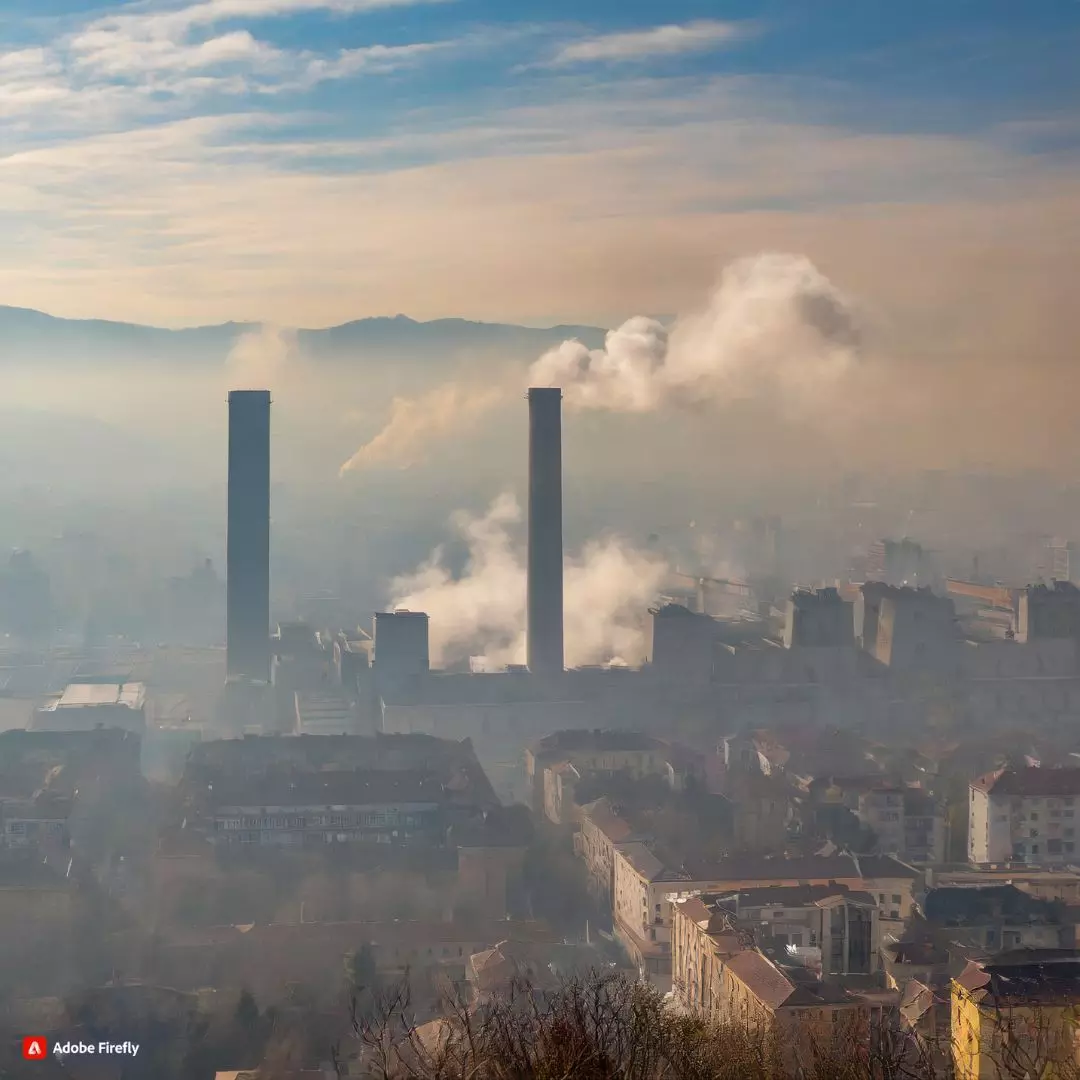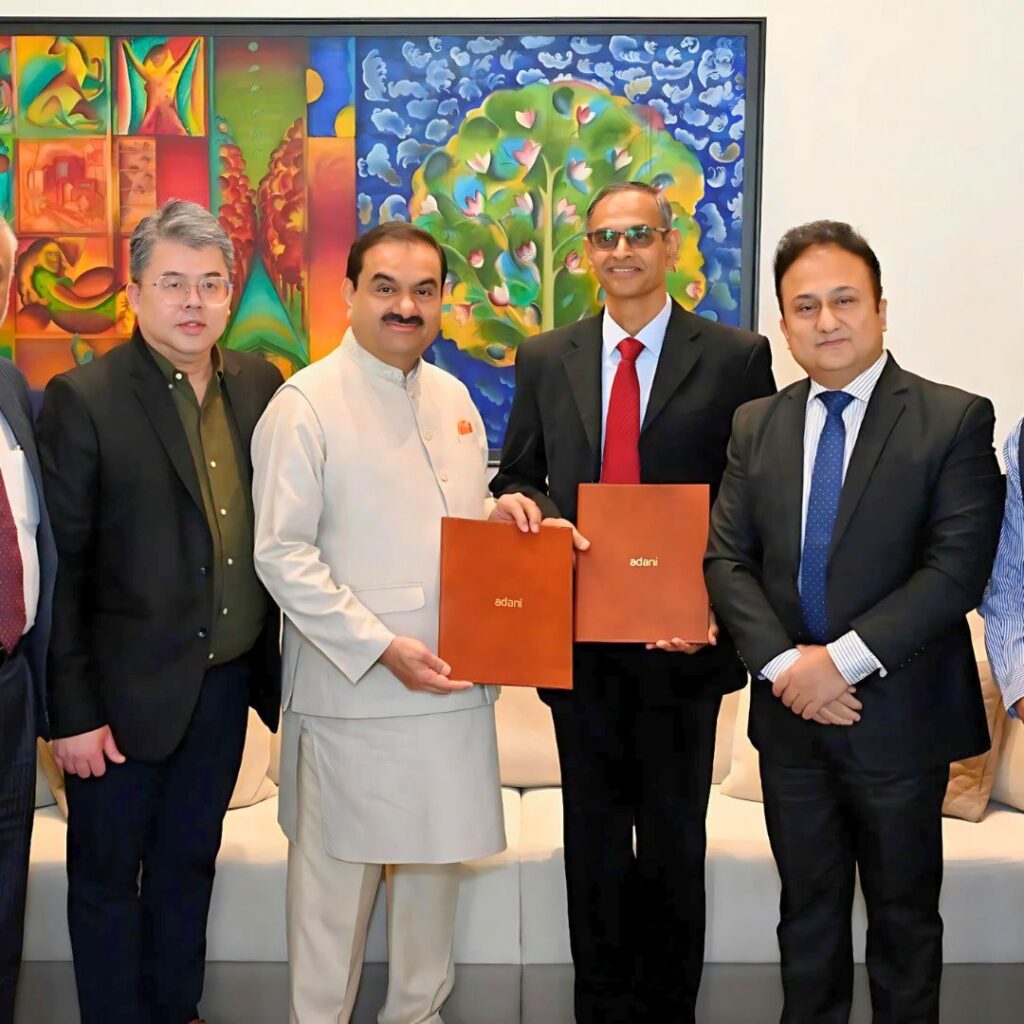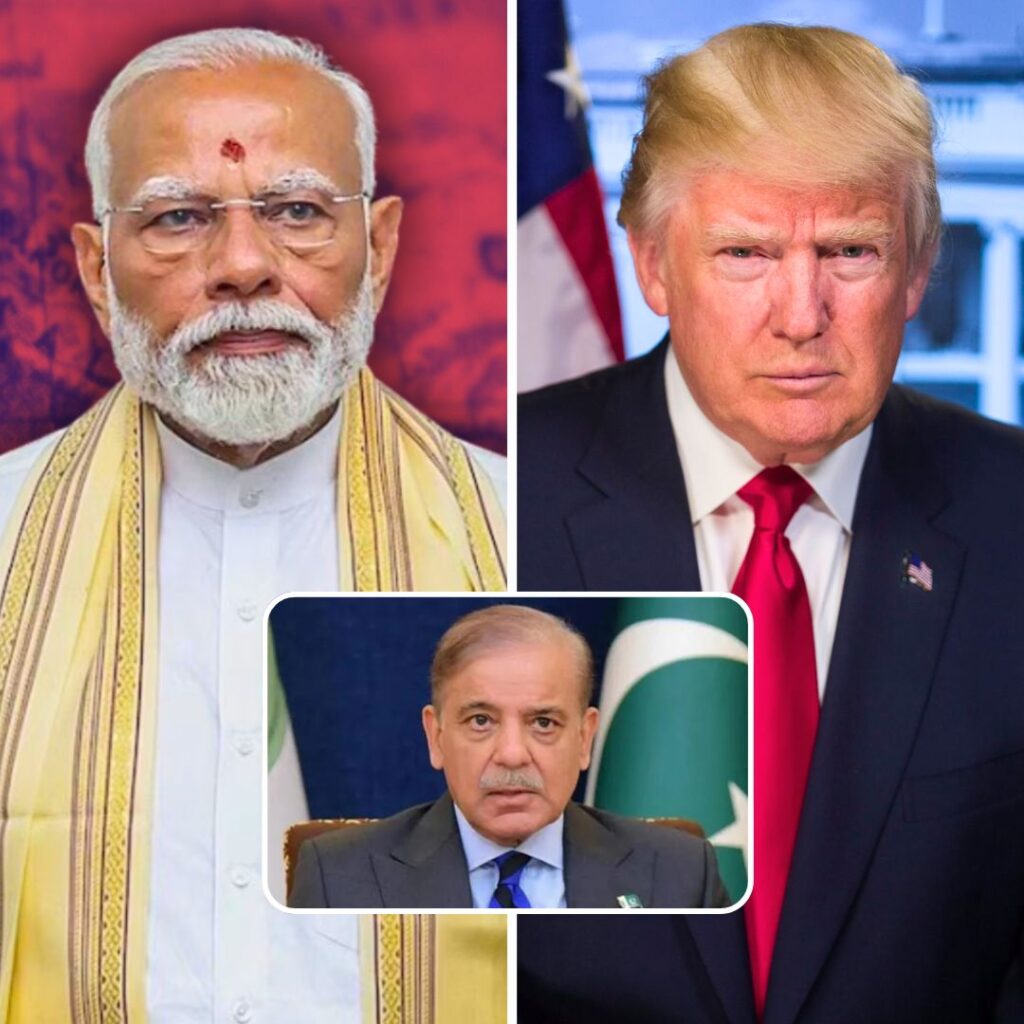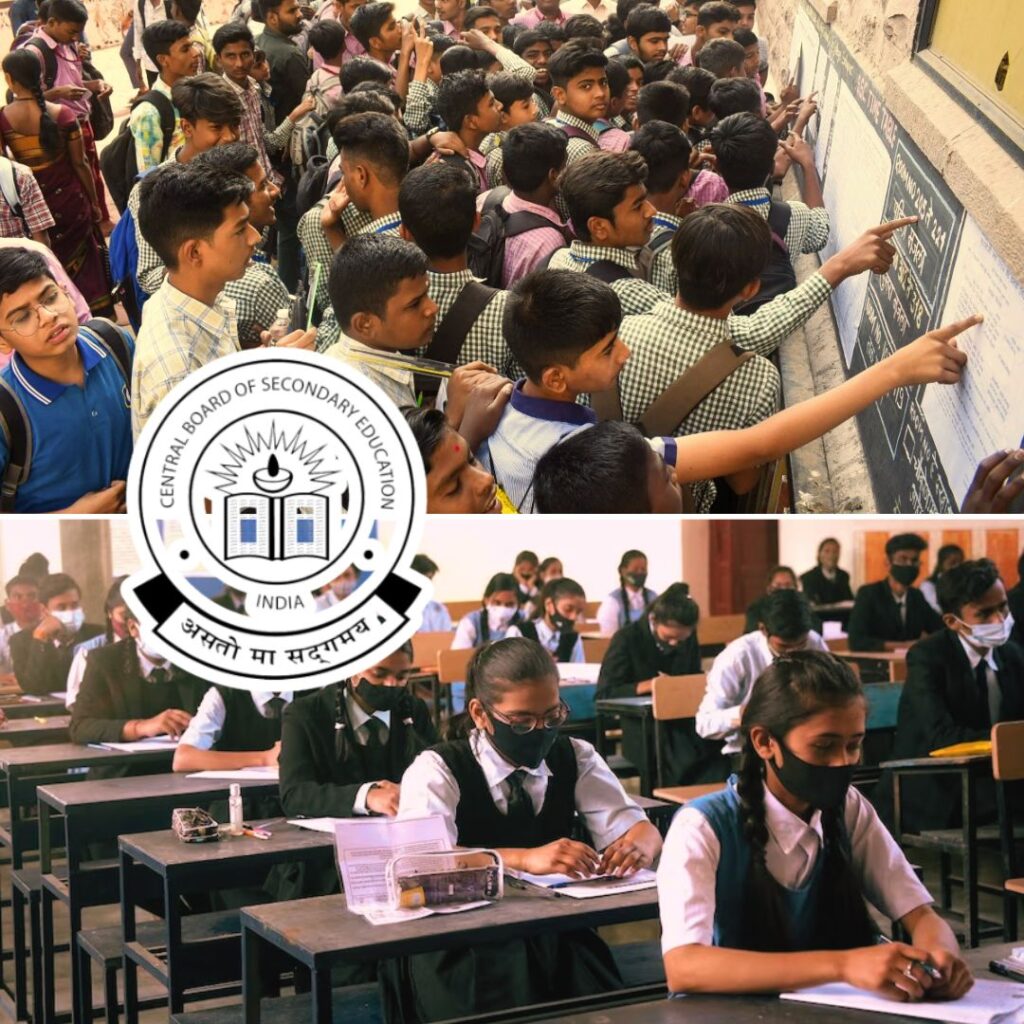A stark reality confronts urban residents worldwide as most find themselves breathing in unhealthy levels of pollution. Two primary culprits, ambient fine particle air pollution (PM2.5) and nitrogen dioxide (NO2), are at the forefront of concerns in urban environments. These pollutants, originating from sources like vehicle emissions, power plants, and industrial activities, pose significant health risks, with potential consequences ranging from respiratory issues to more severe health impacts.
Cities across the globe exhibit diverse patterns of pollution levels, painting a concerning picture of environmental health. PM2.5 pollution is most rampant in low- and middle-income countries, with South Asia, East Asia, Southeast Asia, West Sub-Saharan Africa, and Andean and Central Latin America bearing the brunt. In contrast, high-income regions experience significantly lower levels of PM2.5 pollution.
On the other hand, NO2 levels defy income boundaries, affecting populations in cities of all financial standings. In fact, nearly all residents in major cities, except for those in Oceania, Australia, and Central and East sub-Saharan Africa, breathe in NO2 concentrations surpassing the global average of 15.5 µg/m3.
Drawing attention to the disparities, four major cities – Beirut, Lebanon; Shenyang, China; Shanghai, China; and Moscow, Russia – stand out with NO2 levels exceeding even the strictest WHO guideline of 40 µg/m3. Collectively housing over 53 million people, these cities present a critical challenge for immediate intervention to safeguard public health.
Trends In Urban Cities
Local policies play a pivotal role in shaping air quality trends. While some cities have witnessed improvements, others grapple with escalating pollution levels. The persistence of high PM2.5 exposures in 41% of cities, surpassing even the least-stringent WHO interim target, remains a cause for concern. However, there’s a glimmer of hope as NO2 exposures have been declining in many cities, especially in high-income regions and East Asia.
Globally, the encouraging trend emerges as 211 more cities met the WHO guideline for NO2 in 2019 compared to a decade ago. Nevertheless, the worsening NO2 pollution in certain regions underscores the need for continued vigilance and concerted efforts to maintain and improve air quality.
As urban areas grapple with the intricate challenge of mitigating air pollution, this global overview underscores the imperative for comprehensive strategies. Bridging the disparities in pollution levels demands collective action, emphasizing the need for stringent policies, technological innovation, and community engagement. The path to cleaner urban air is navigable, but it requires a unified commitment to prioritize public health and environmental sustainability.
Also Read: Discovering The Splendor Of Khajuraho: A Glimpse Into India’s Architectural Marvel












